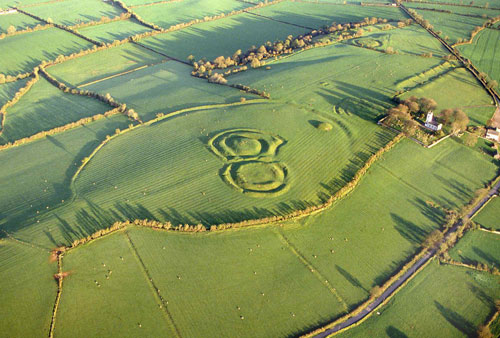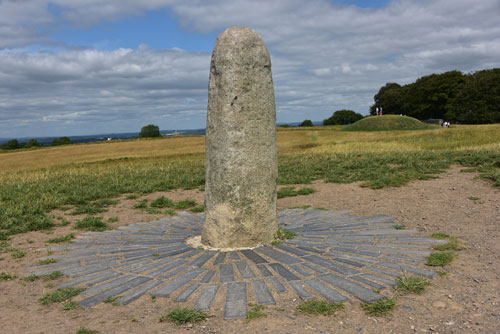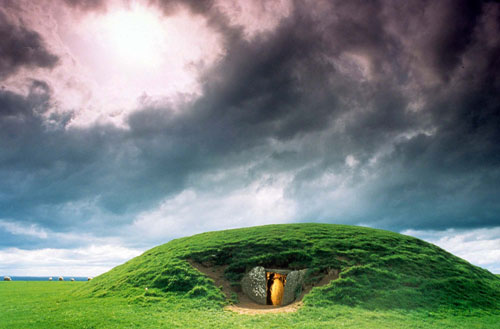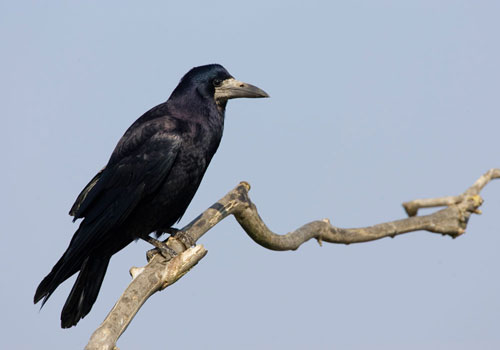|
A broom is drearily sweeping
Up the broken pieces of yesterday's life;
Somewhere, a queen is weeping,
Somewhere, a king has no wife.
—Jimi Hendrix, "The Wind Cries Mary"

Among the many lucky perks of going to graduate school in Ireland,
attending Trinity College in Dublin put me in close proximity to my
grandmother and uncles in County Cavan, a mere 90-minute bus ride
northwest. I'm happy to say I took full advantage of that tangential boon;
I'd met my mother's mother only a few times prior, so the afternoons and
evenings we sat by the hob sipping tea, talking and laughing remain more
precious to me than any Master's parchment.
One winter day, my uncle Philip, my mom's youngest brother, rang me up
to say that he'd be in Dublin on the Friday and that we could drive back to
Cavan if I wanted to visit for the weekend. We met for an obligatory pint at
Fibber Magee's, a fine old pub on Parnell Street on Dublin's North Side,
and then got on the road. A short while into the ride, Philip said to me:
"There's an interesting spot I thought we might visit. It'll only take us a
little out of our way. Have you ever heard of a place called Tara?"
One county separates Dublin from Cavan: Meath. It's nicknamed "the
Royal County" because of Tara, or the Hill of Tara, though you'd be hard
-pressed to understand why if someone dropped you there. Tara is not a
town. The only habitation is the visitor's center, originally a small church
built in 1822. (It was locked that day.) There's no castle or the ruins of one
to be seen. But for an unusual dimple of a hillock, a 3-foot stone monument
of some sort, and curious bumps and berms here and there, it looks like
just another verdant pasture.
In ancient times, this green sward where sheep now graze was the seat of
kings, its 5,000 year-old granite monolith, the Lia F谩il, a coronation stone
also known as the Stone of Destiny or Speaking Stone upon which eight
centuries of Ireland's high kings were crowned. Irish legends ascribe its
origin as one of the four enchanted treasures brought to 脡ire by the Tuatha
D茅 Danann, a race of demigods who had travelled to the four mythical
cities of "the Northern Isles," bringing a talisman from each one.

And the dimple—about 15 meters in diameter and 3 meters tall—is the
Mound of the Hostages, a passage tomb which also goes back five millennia
with perhaps as many as 500 people interred within. Its entrance is
positioned such that the rising sun shines directly down the passage twice a
year, on the mornings of Samhain and Imbolc. Samhain was a Gaelic
festival held on November 1 which marked the end of the harvest season
and beginning of winter; Imbolc, February 1, celebrated the start of spring.
(Each of the four Gaelic seasonal holidays is positioned halfway between
the astronomical demarcations of equinox and solstice.)

Tara's significance, which began in the late Stone Age as a place of burial
for rulers and other elites, only increased through the Bronze Age, Iron
Age, and down into the early Christian era. 脡ire had several
kingdoms—Br茅ifne, Connacht, Leinster, Munster, Ulster—but only a king
crowned at Tara could be called High King.
For centuries, Tara was essentially the capital of Ireland.
Even in more recent times, Tara remained linked to Irish sovereignty. In
the Irish Rebellion of 1798, most likely thousands of rebels died fighting
the English at the Battle of Tara Hill. After they had disemboweled the
dead bodies of 350 Irishmen left on the field, the English buried the
mutilated corpses in a mass grave—another tomb lately arrived in Tara's
hallowed precincts.
All roads led to Tara. Five ancient roads, in fact, converged there, linking
every far-flung corner of 脡ire to this sacred spot. I'd say Tara was Ireland's
Rome, but it's really the reverse: Rome is Italy's Tara as the Eternal City is
only half as old at 2,774 years.
Tara is a site of astonishing archaeological, historical, and cultural value.
It's really a complex of sites with over 60 ancient monuments, some of
which only discovered by geophysical survey or aerial photography. Alas,
still more archaeological finds were unearthed and lost with construction
in the early 2000s of the M3 motorway.
Tara's palpable sense of ancient purpose, its origins in—truly—the mists of
time, can beguile you. It bewitched a bunch of crackpot adherents to
British Israelism who dug up parts of the hill between 1899 and 1902 in the
belief that the Ark of the Covenant lay buried there.
Aerial photos often depict Tara illuminated by golden sunshine; certainly
such light brings into better relief the henges and other Neolithic
topographies buried beneath the rich grass. But the day in 1996 Philip and
I walked above the remnants of this once vital ancient hub, a leaden sky
hung like a vault over Tara and the rest of Meath.
Philip gave me a good sense of the history of the place, telling me what he
knew about Lia F谩il, the Mound of the Hostages, and the surrounding
earthworks. But for the most part, we regarded Tara in silence, both of us
tacitly acknowledging the solemnity the place deserved.
And it was eerily quiet. We didn't see another visitor the whole time. Only a
few sounds met our ears: a light wind rising and falling, an occasional
sheep bleating, and the harsh calls of rooks in the gaunt trees. All of a
piece, I realized. The wind forlorn. The plaintiff "bah." But the rooks'
cawing contained some deeper eloquence, like a reprimand or a warning.
I suppose an authentic soundtrack would've been a mournful melody
played on the uilleann pipes by the likes of that wee titan Paddy Moloney
of The Chieftains. Still, I can't help thinking of "The Wind Cries Mary" by
Jimi Hendrix.
But on that chill gray afternoon, the minstrels were up in the trees, the high
kings all along.

|